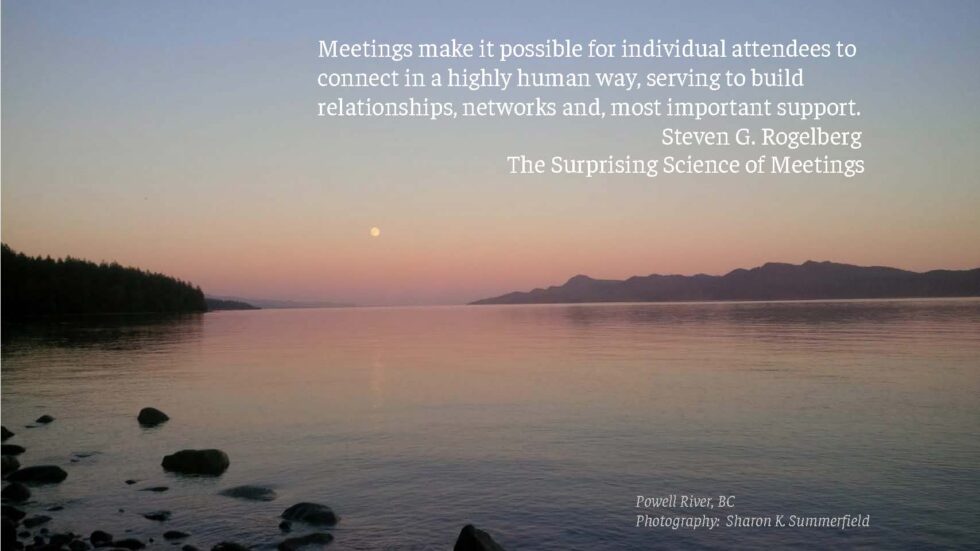
Building Connection in your Meetings
In what ways can we begin to build greater connection in our meetings?
Prior to the pandemic connecting happened as we crossed paths in the office, attended a networking event, or met someone for coffee or lunch.
As many continue to work remotely finding those ways to connect and invest in relationships now is another virtual meeting.
We are in front of screens often as that is our new normal. We are calling and scheduling more meetings and often the basics of planning a meeting feel like one more thing. Meetings will always be a part of our personal and professional lives.
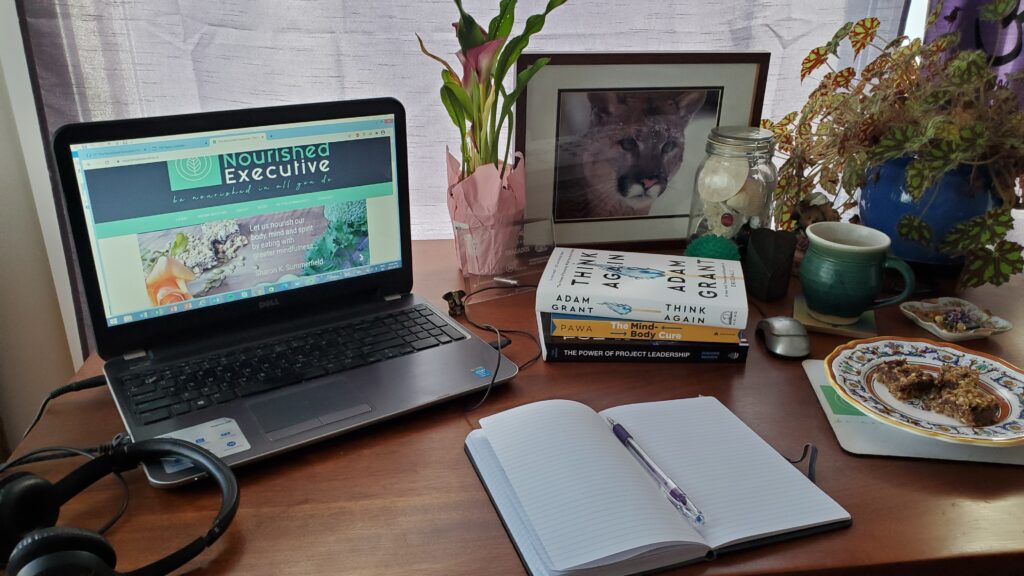 Creating space to plan, along with how we will connect and engage has never been more important.
Creating space to plan, along with how we will connect and engage has never been more important.
Many are meeting often.
It is not just the meeting time, it is the meeting recovery time.
As well, less meetings that are shorter may support our work and wellbeing in better ways.
What is recovery time? This is what happens after a difficult or bad meeting, where people need time to wind down and honestly just vent. The recovery process not only impacts the person in the meeting it also affects everyone around them, reducing everyone’s energy.
A few ideas to not only improve your meetings, hopefully reduce and eliminate the time needed to recover from a meeting, are highlighted below.
For a moment lets return to the basics of meeting planning.
- Identity the purpose and goal of the meeting.
- Identity the key attendees.
- Select a date and time that works well for the key attendees, no more than 10 people. Send a calendar invitation with all the necessary details, sooner than later.
- Prepare the background work to support the decision. Are their partners who may have input to support the decision making?
- If needed hold a prep meeting with your team. This is a great way to check in and create space for connection in an informal way.
- Prepare a timed agenda, identifying who speaks to each topic. Shorten the time of your meetings, potentially to 30 to 45 minutes. For a longer meetings that previously was 2 hours, shorten it to 1.5 hours. Begin 15 minutes past the hour to ensure people can visit the washroom and replenish with their beverage of choice.
- Agenda with background information is sent out 2 business days in advance. The first 5 minutes of the agenda are for everyone to introduce themselves and share their role.
- Meeting begins on time, stays on topic and wraps up 5 minutes early.
- Minutes are prepared, capturing decisions and action items, then reviewed by the Chair.
- Draft minutes are circulated within 2 business days of the meeting and finalized within 5 days.
- For each meeting, as it makes sense, follow up with your team.
These simple steps are amazing at supporting the meeting process provided everyone has a good understanding of how they will engage.
Simple things, in these meetings is there a requirement of having your camera on?
Who will monitor and manage the chat?
Take the time to reflect on your calendar and build transition time in.
Link to a video on Breath work. As you bring one meeting to a close, do some simple box breathing.
A great exercise is:
Breathe in through your nose for four, and pause for four.
Exhale through your nose for four, and pause for four.
And repeat, four times.
Do this between each meeting. It is important to breathe in and out through your nose.
If you notice you are breathing through your mouth, re-correct yourself, as mouth breathing is a sign of ill health.
Sometimes in meetings there are honestly very passionate people. For some this creates overwhelm. Hydrate well, before and during the meeting. To help ground yourself, return to some simple box breathing, and then bring your ideas forward. Do this as often as you need to.
As the meeting comes to a close, check in with your team. If there were difficult conversations this check in time will create space to share and will greatly reduce the recovery time of your meetings.
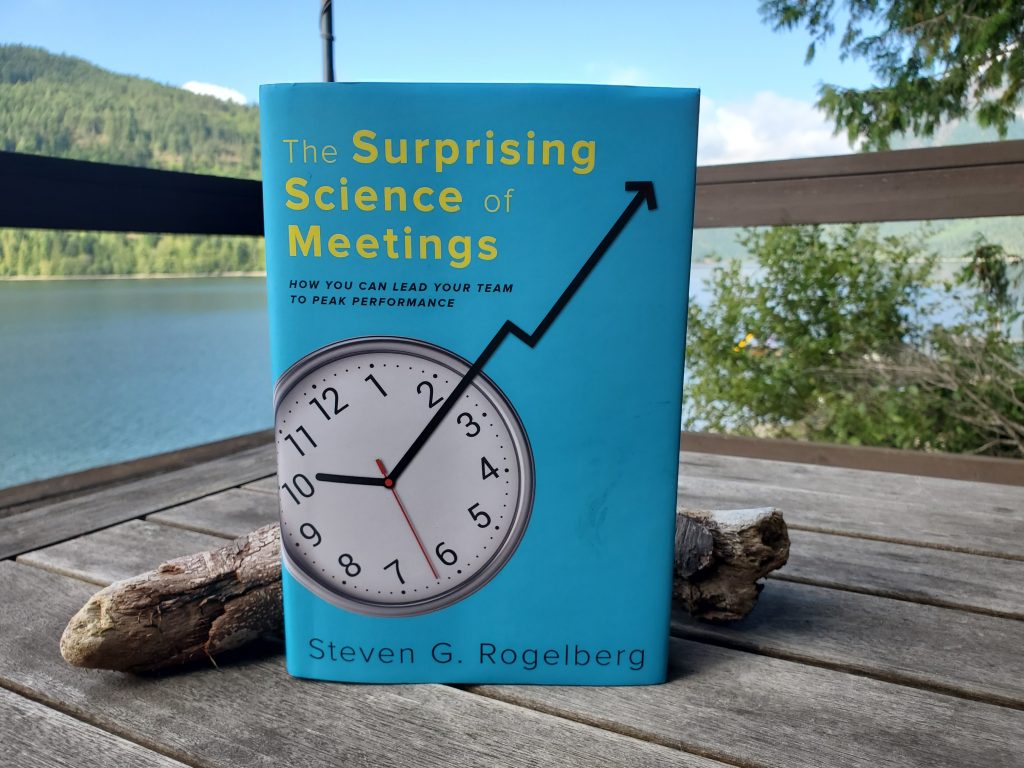 One of the best books I have read on holding better meetings, capturing the science and research, is written by Steven G. Rogelberg, The Surprising Science of Meetings. Highly recommend this book. If reading another book feels like one more thing, I have included my thoughts in this link.
One of the best books I have read on holding better meetings, capturing the science and research, is written by Steven G. Rogelberg, The Surprising Science of Meetings. Highly recommend this book. If reading another book feels like one more thing, I have included my thoughts in this link.
Finding those ways to engage with your team, before and after your meetings will build connection and improve how decisions are made.
In what ways can you improve your meetings? As well, to improve your wellbeing what days can you dedicate to a no meeting day or a few hours to just think. Your body, mind and spirit will thank you.
Be kind.
Be patient.
Be nourished in all you do.
Warmly,
Sharon
Photography: Sharon K. Summerfield
 At The Nourished Executive we coach leaders to invest in wellbeing, with a holistic lens, to prevent burnout.
At The Nourished Executive we coach leaders to invest in wellbeing, with a holistic lens, to prevent burnout.
Our founder, Sharon K. Summerfield, is a Wellbeing Coach, Holistic Nutritionist and Certified Smart Growth Advisor, with a demonstrated success in nurturing healthy employees and high performing organizations.
We have a strong commitment to giving back, investing in local community creating space for all students to consider careers in construction, science, technology, engineering and math.
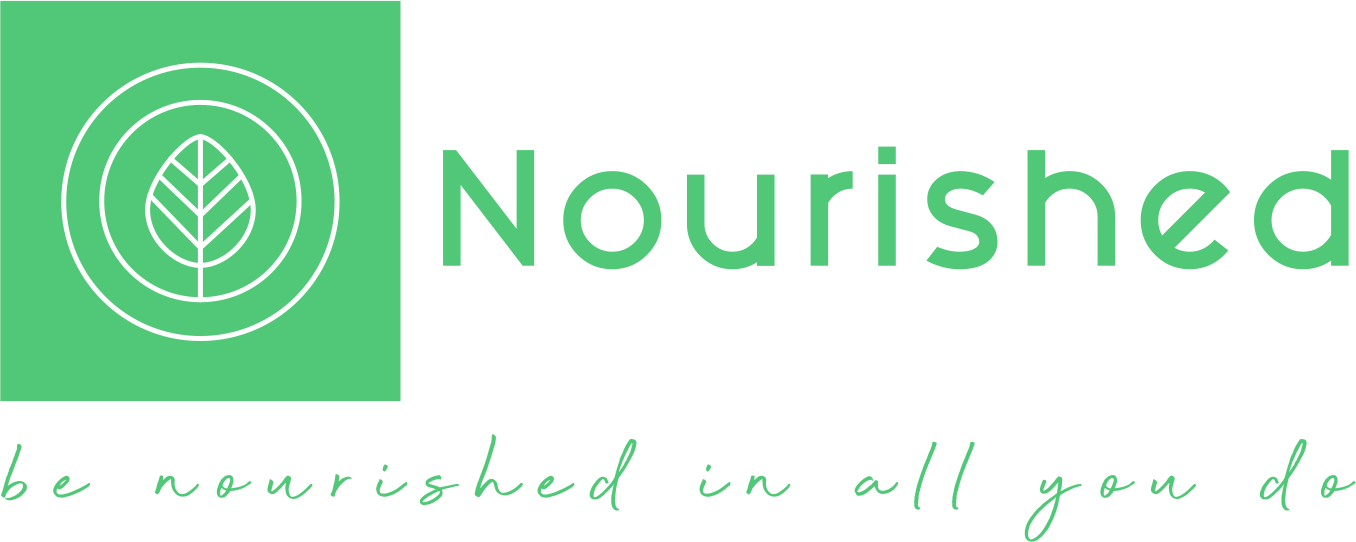
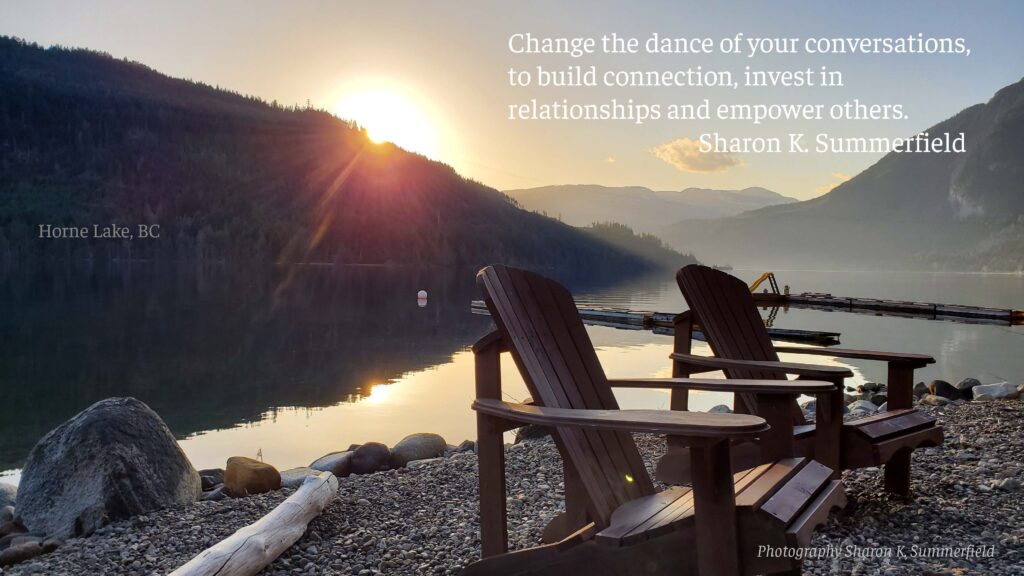
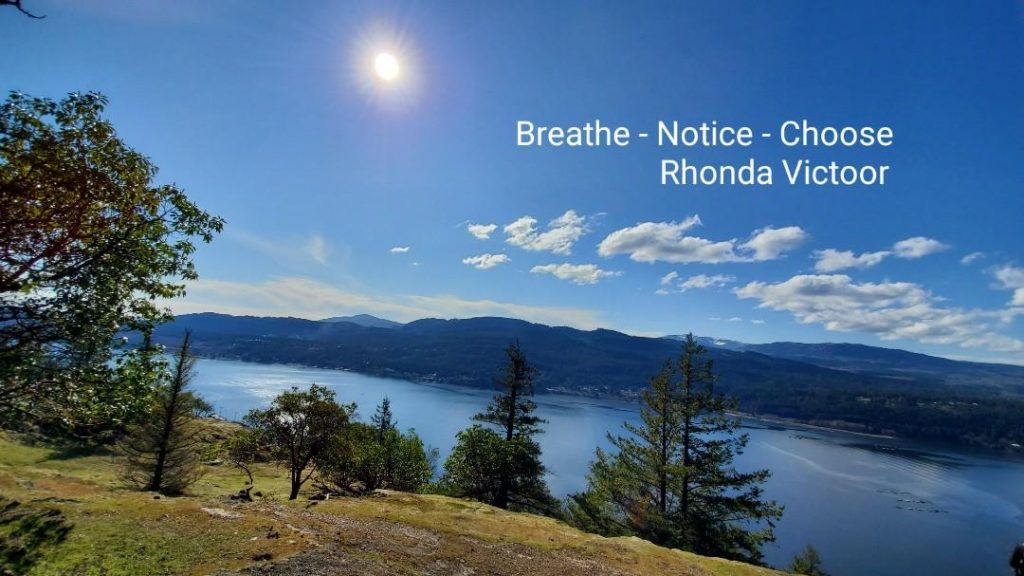
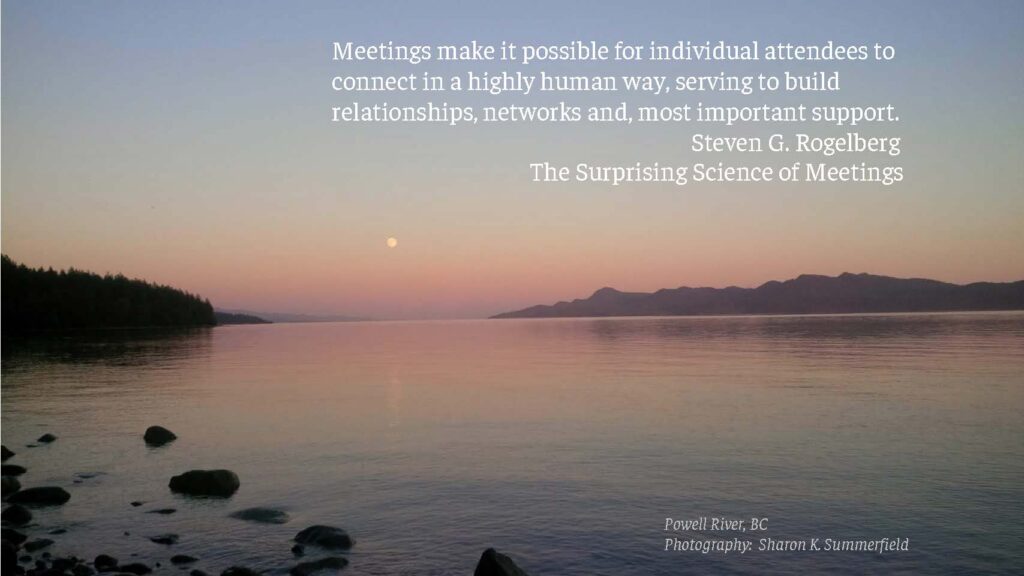
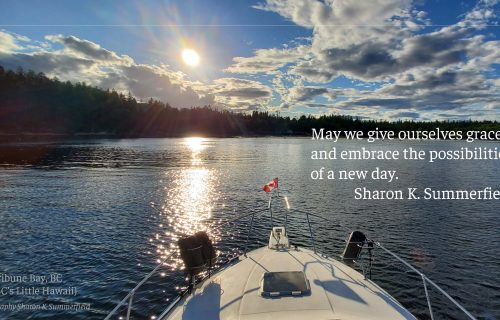

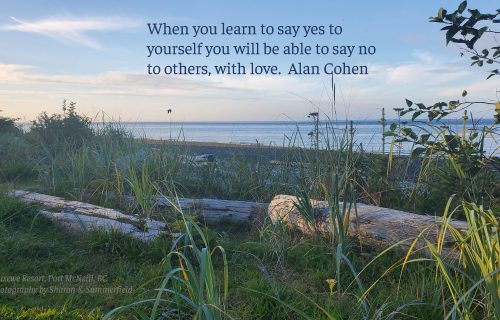
Add A Comment